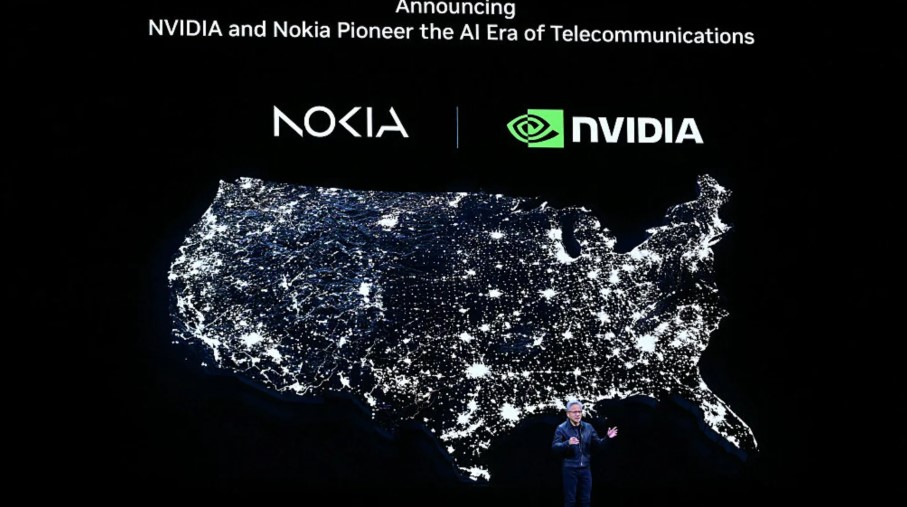Nvidia Invests $1 B in Nokia to Power AI-Native Telecom & 6G Vision

Nvidia has announced a strategic $1 billion investment in Nokia, acquiring a 2.9 % stake, as part of a broader partnership to jointly develop AI-enabled network infrastructure for 5G-Advanced and 6G systems. This alliance aims to fuse telecommunications hardware and AI processing, positioning both companies at the forefront of future network intelligence.
Quick Insight: Telecom networks are turning intelligent — combining networking with AI capabilities at the edge creates competitive advantage. For Africa, this kind of shift could reshape expectations for telecom services, rural access, and local AI infrastructure.
1. Deal Structure & Strategic Goals
• Nokia will issue ~166.4 million new shares to Nvidia at about $6.01 per share for the investment.
• The investment gives Nvidia a meaningful minority stake (~2.9 %) and signals deep alignment in technology direction.
• The partnership is not just financial — the two firms plan to integrate Nvidia’s AI acceleration architecture (e.g. GPU / AI compute platforms) into Nokia’s radio access network (RAN) and data center portfolio.
• They aim to launch “AI-RAN” products to make telecom networks more intelligent, responsive, efficient and adaptive.
• The telecom AI sector (“AI-RAN”) is projected to reach ~$200 billion by 2030.
2. Technical Vision & Components
• Nokia will expand its global access portfolio by embedding Nvidia’s AI compute platforms (e.g. ARC / AI accelerators) into its existing RAN and base station infrastructure.
• Nvidia is introducing its “ARC Aerial RAN Computer” — a 6G-ready computing module to power AI at telecom edge nodes.
• The collaboration is also targeting to transition Nokia’s software stack to run optimized on Nvidia’s CUDA / accelerated architecture.
• Edge AI inference, spectrum optimization, energy efficiency, predictive maintenance, and traffic classification are among the use cases expected.
• T-Mobile U.S. is already lined up as a partner to test AI-RAN in real network scenarios.
3. Market Reaction & Financial Impact
• Nokia’s share price surged ~20.86 %, reaching a ten-year high following the announcement.
• The deal strongly endorses Nokia’s pivot from pure telecom gear toward AI and cloud infrastructure.
• Analysts view it as a move for Nokia to reclaim relevance amid challenges in traditional telecom hardware.
• For Nvidia, this diversifies its AI dominance into telecommunications, reducing dependence solely on data-center markets.
4. Risks & Challenges to Watch
• Integration complexity: merging telecom systems and AI compute is nontrivial and demands high architectural coordination.
• Power, cooling, latency constraints in edge deployments may limit how aggressively AI functions can be pushed to RAN nodes.
• Competition: other players like Ericsson, Huawei, and emerging AI infrastructure firms will respond aggressively.
• Market cycles and capital risk: depending heavily on AI growth forecasts, any slowdown may strain returns.
• Regulatory concerns: telecoms are national infrastructure; cross-border AI + data flows raise sovereignty, privacy, and security questions.
5. Implications for Africa & Emerging Markets
• This signals that future telecom infrastructure will no longer be passive pipes — they will be smart platforms capable of AI logic.
• African telcos and network operators should monitor this shift and consider how to upgrade their networks to support edge intelligence.
• Local startups and universities can explore opportunities in AI-RAN, network analytics, and value-added Telco-AI services.
• Governments should evaluate policies for AI-enabled networks, data regulation, sovereignty, and infrastructure incentives.
• If adopted regionally, these intelligent networks could reduce latency, improve bandwidth use, reduce energy costs, and support localized AI services (health, agriculture, smart cities).
